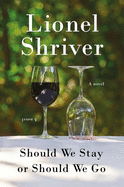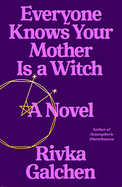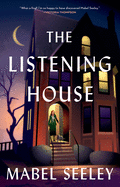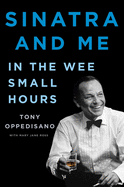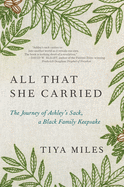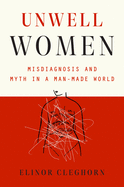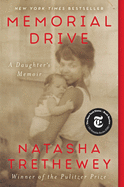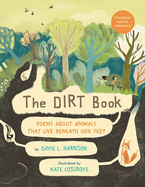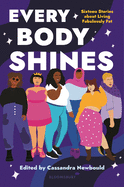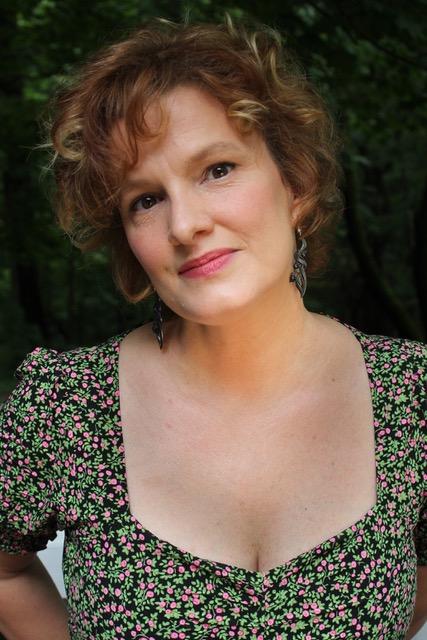 |
| (photo: Joshua Lucca) |
Shawna Kay Rodenberg is originally from Seco, a tiny former coal camp near the headwaters of the Kentucky River in Letcher County, Kentucky. She is a mother, grandmother, community college English instructor and a registered nurse. Her poetry, essays and reviews have appeared in Consequence, Salon, the Village Voice, the Bennington Review, the Crab Creek Review, Kudz and Pine Mountain Sand & Gravel; she won a 2017 Rona Jaffe Writers' Award in creative nonfiction. Rodenberg is also a vocalist; she and her husband, David, are collaborating on an album, a mix of original Americana, vintage country and traditional mountain songs. Her memoir, Kin, will be published by Bloomsbury on June 8.
Your story moves freely backward and forward in time. Why this format?
Kin was born, at least in part, from an obsession with the past, which is not to say I romanticize it, at least not anymore, but I definitely used to. My little niece, Norah, once walked into my house, looked around, and exclaimed, "I just love the way your house is full of past things!"--the best compliment I can imagine. I think maybe my love for past things has something to do with an early realization that they extend infinitely just as the future does, just in a less explored, and often darker, direction. I love uncovering family members who have died as much as I enjoy imagining future generations. No matter how much I research my family's history, I can never get to the bottom of all the mysteries that inevitably crop up, begging to be solved, and I love a good mystery. I think I grew up, thanks to the elderly folks in my life, knowing there was a treasure trove of information to be found there, and that it was disappearing, or at least access to it was becoming more limited with each passing year. Families change, or at least the stories they tell about themselves do. Places change, too. Schoolhouses and family homes crumble and return to the earth, especially in places where money for maintenance is scarce.
As a very little girl, I began "saving" things--relics, photos, family recipes, perfume bottles, letters--and I never stopped. Ultimately, in writing Kin I came to understand that my story began long before I was born, and that telling it well would be an effort of preservation, of saving. What's more, it seems to me that often when people write about Appalachia, they usually begin in the middle of our collective story--they analyze our responses to difficult experiences, without addressing the historical moments that led us to the places, both physical and spiritual, that we inhabit. Chimamanda Ngozi Adichie warns against this in her TED Talk, "The Single Story," and references the Palestinian poet Mourid Barghouti, who said that "if you want to dispossess a people, the simplest way to do it is to tell their story and to start with, 'secondly.' Start the story with the arrows of the Native Americans, and not with the arrival of the British, and you have an entirely different story. Start the story with the failure of the African state, and not with the colonial creation of the African state, and you have an entirely different story." So often when people write about Appalachia, they begin with opiate addiction, for example, rather than the marked efforts of pharmaceutical companies to ship more narcotics into the region than can safely be used by the population that lives there. Or they talk about poverty without discussing the decimation of the region by underregulated mining practices and extractive American theologies. Or they talk about violence without talking about our history of conflict, conscription and PTSD. More than anything, Kin was an attempt to get as close to the beginning of my story as I could.
You've closed the story of your life before it quite catches up with the present. How do you choose the memoir's scope?
I wrote the first 20 years for a couple reasons. First, because it seemed like a natural stopping point, since I was 20 when I married and left the mountains. But, more than that, I admit I often wish women would write longer, lavish, indulgent memoirs like their male counterparts, like Knausgaard, for example, do. I've been told that women tend to write shorter books and poems. Maybe this is solely pragmatic, because we are often busy, but I also think we tend to be more self-conscious about taking up space and wasting a reader's time. I tried to give myself permission to slow down and tell an indulgent, sprawling story. The next book, which I am already thinking toward, will likely follow the next 20 or so years.
How do you navigate the emotional challenges of writing about difficult memories?
I think I struggled most with this aspect of writing Kin, and I relied heavily on many creature comforts and rituals (British mysteries, too many dessert coffees, miles-long walks in the woods) to carry me through the five-plus years it took to plumb the first years of my story. Even harder to manage than my own discomfort was my worry about the overlapping of my story with the stories of many beloved family members I knew might not appreciate me running my mouth. Privacy is important anywhere but particularly in small communities where there is no anonymity, nowhere to hide. In Evansville, Indiana, where I now live, I can go to the grocery without seeing a single person I know, but this isn't true in the mountains. Even now, a couple decades since I've lived there, when I walk into the IGA in Fleming-Neon, people recognize me and call me by name, sometimes even by nicknames, and their conversations with me often include my parents and extended family members. I have worried myself to death about the responsibility of this, of telling the truth without becoming just another extractive, exploitative entity, especially since I no longer live there. Still, my story is my story, and I believe the entire world would benefit from more women, especially underrepresented rural women, telling the truth about our lives. It feels like navigating uncharted territory, though, and requires more courage than I thought I had.
You are also a poet. What does poetry bring to memoir, or vice versa?
I think it makes sound, the rhythm of a line, the timbre of language, paramount. I read this entire manuscript aloud many times, and not just for purposes of proofreading. I come from people who spin elaborate yarns whenever they get together, and it's such an art, the telling, the timing of revelations, the tone of voice. Poetry is also by its very nature, because of the brevity of the form, about what isn't being said, about the words that have been cut away, which tell their own story in tandem with the one that is actually being told. I think readers are smart enough to recognize this even if it's happening on a subconscious level, that the story they're being told is a fragment floating over unfathomable depths, and that those depths are part of the story as well.
Your acknowledgements express hope for more memoirs from rural-born women, with their "gorgeous, complicated voices." What would you say to women in Appalachia and beyond about telling their stories?
That it's the most important thing we can do, and that it's worth every moment of doubt. When you're a writer, the world becomes your family, and it desperately needs your voice. --Julia Kastner
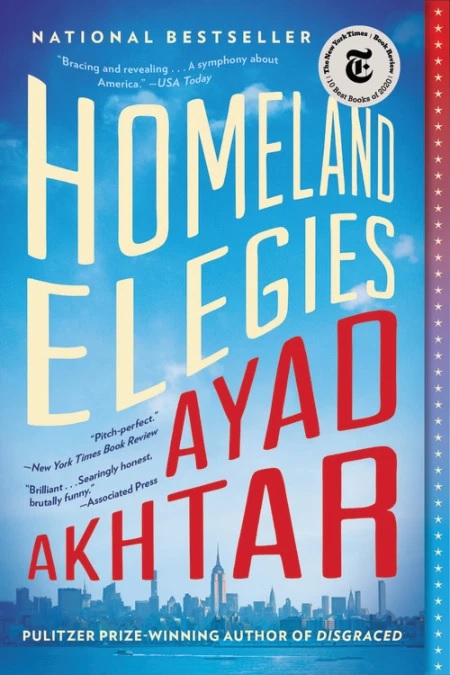 Now that summer is nearly upon us, we thought we'd begin offering reviews of some of our favorite new releases in paperback. They're easy to tote, and it's the perfect time to catch up on some gems you may have missed. Pop them into a beach bag along with the sunscreen, or stack them alongside the hammock beside a tumbler of iced tea, or tuck one into the picnic basket along with a blanket and some snacks (outside and maskless!).
Now that summer is nearly upon us, we thought we'd begin offering reviews of some of our favorite new releases in paperback. They're easy to tote, and it's the perfect time to catch up on some gems you may have missed. Pop them into a beach bag along with the sunscreen, or stack them alongside the hammock beside a tumbler of iced tea, or tuck one into the picnic basket along with a blanket and some snacks (outside and maskless!).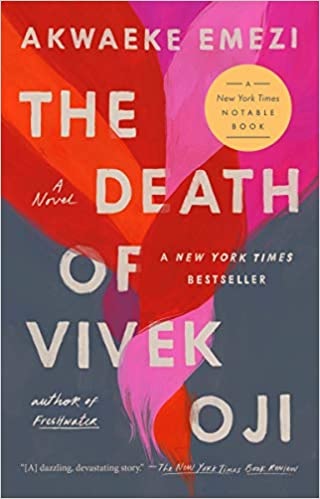 Last week we included reviews of one of Shelf Awareness's Best Books of 2020, Homeland Elegies by Pulitzer Prize-winning playwright Ayad Akhtar (Back Bay, $19.99), which Shelf called "an astounding work of reality fiction," and The Death of Vivek Oji by National Book Award finalist Akwaeke Emezi (Riverhead, $17), "a spot-on pick for thoughtful book club discussion" and shortlisted for the Dylan Thomas Prize.
Last week we included reviews of one of Shelf Awareness's Best Books of 2020, Homeland Elegies by Pulitzer Prize-winning playwright Ayad Akhtar (Back Bay, $19.99), which Shelf called "an astounding work of reality fiction," and The Death of Vivek Oji by National Book Award finalist Akwaeke Emezi (Riverhead, $17), "a spot-on pick for thoughtful book club discussion" and shortlisted for the Dylan Thomas Prize.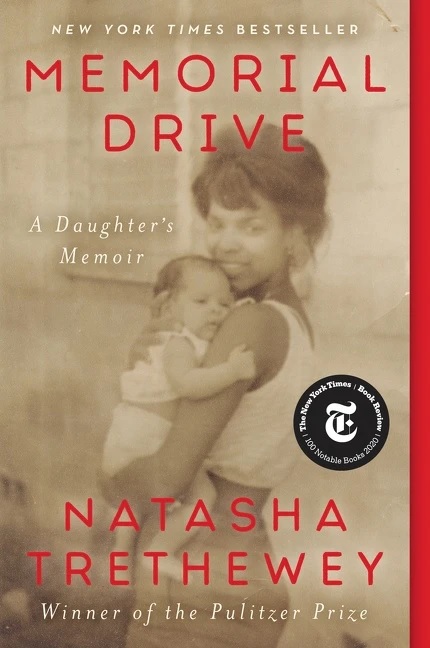 Two poets headline this week's selections: one, a debut poet, John James, whose collection of 30 poems, The Milk Hours (Milkweed, $16, reviewed below), was selected by Henri Cole as the winner of the Max Ritvo Poetry Prize; the other a more seasoned, Pulitzer Prize-winning poet, Natasha Trethewey, revisiting the themes from her gorgeous poetry collection Monument (Mariner, $15.99) for her memoir memorializing her mother's tragic early death, Memorial Drive (Ecco, $16.99, reviewed below), another of Shelf Awareness's Best Books of 2020.
Two poets headline this week's selections: one, a debut poet, John James, whose collection of 30 poems, The Milk Hours (Milkweed, $16, reviewed below), was selected by Henri Cole as the winner of the Max Ritvo Poetry Prize; the other a more seasoned, Pulitzer Prize-winning poet, Natasha Trethewey, revisiting the themes from her gorgeous poetry collection Monument (Mariner, $15.99) for her memoir memorializing her mother's tragic early death, Memorial Drive (Ecco, $16.99, reviewed below), another of Shelf Awareness's Best Books of 2020.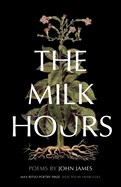 In the weeks ahead, look for a mix of mysteries and thrillers, romances and nature books. As the days grow long and the sunlight lingers, books make ideal companions--whether you're venturing on trains or planes or buses or simply enjoying the backyard or parks in full bloom closer to home.
In the weeks ahead, look for a mix of mysteries and thrillers, romances and nature books. As the days grow long and the sunlight lingers, books make ideal companions--whether you're venturing on trains or planes or buses or simply enjoying the backyard or parks in full bloom closer to home.


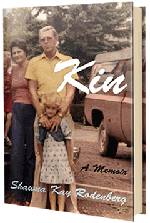


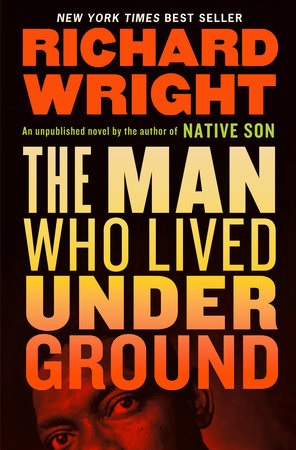 On April 20, 2021, Library of America released The Man Who Lived Underground, a previously unpublished novel by Richard Wright, written in the early 1940s and once available only in a highly condensed version in the posthumous collection Eight Men (1961). The Man Who Lived Underground follows Fred Daniels, a Black man arrested and tortured until he falsely confesses to a brutal double murder. Daniels is forced to sign a confession before he manages to escape into the city sewer system. Of The Man Who Lived Underground, Wright said, "I have never written anything in my life that stemmed more from sheer inspiration." He was unable to find a publisher for the complete novel during his lifetime.
On April 20, 2021, Library of America released The Man Who Lived Underground, a previously unpublished novel by Richard Wright, written in the early 1940s and once available only in a highly condensed version in the posthumous collection Eight Men (1961). The Man Who Lived Underground follows Fred Daniels, a Black man arrested and tortured until he falsely confesses to a brutal double murder. Daniels is forced to sign a confession before he manages to escape into the city sewer system. Of The Man Who Lived Underground, Wright said, "I have never written anything in my life that stemmed more from sheer inspiration." He was unable to find a publisher for the complete novel during his lifetime.
